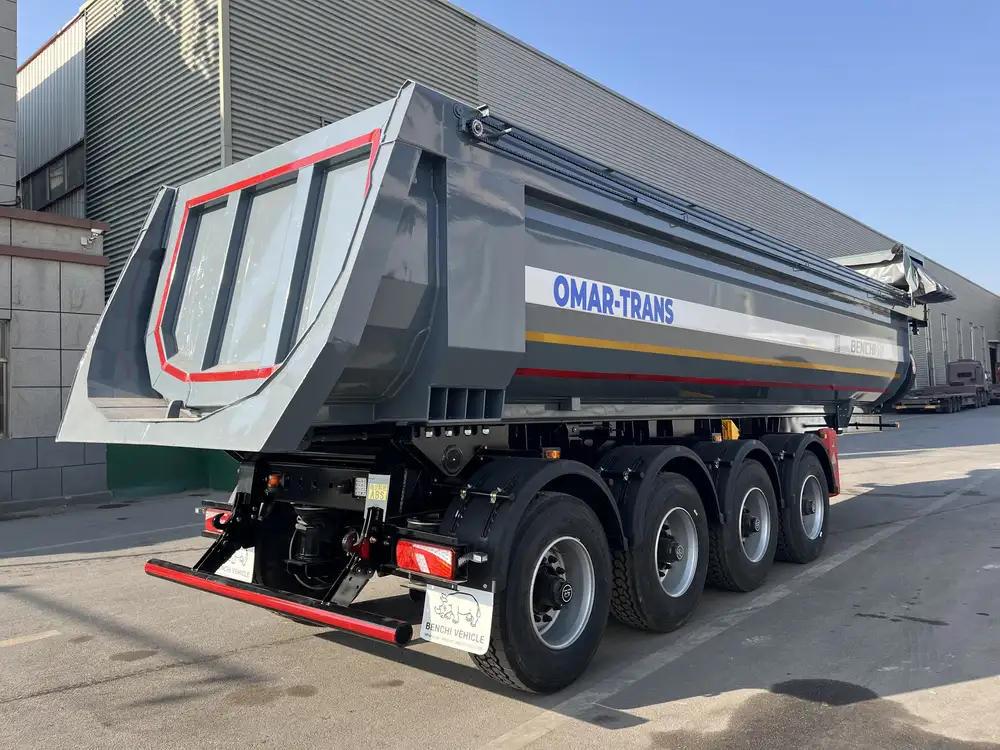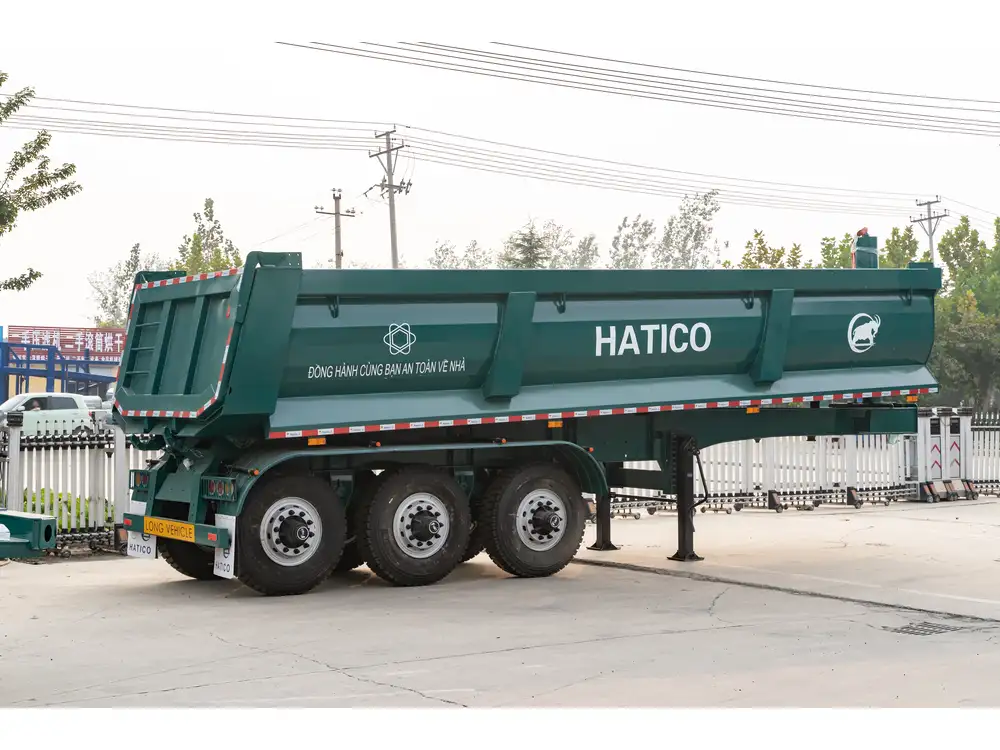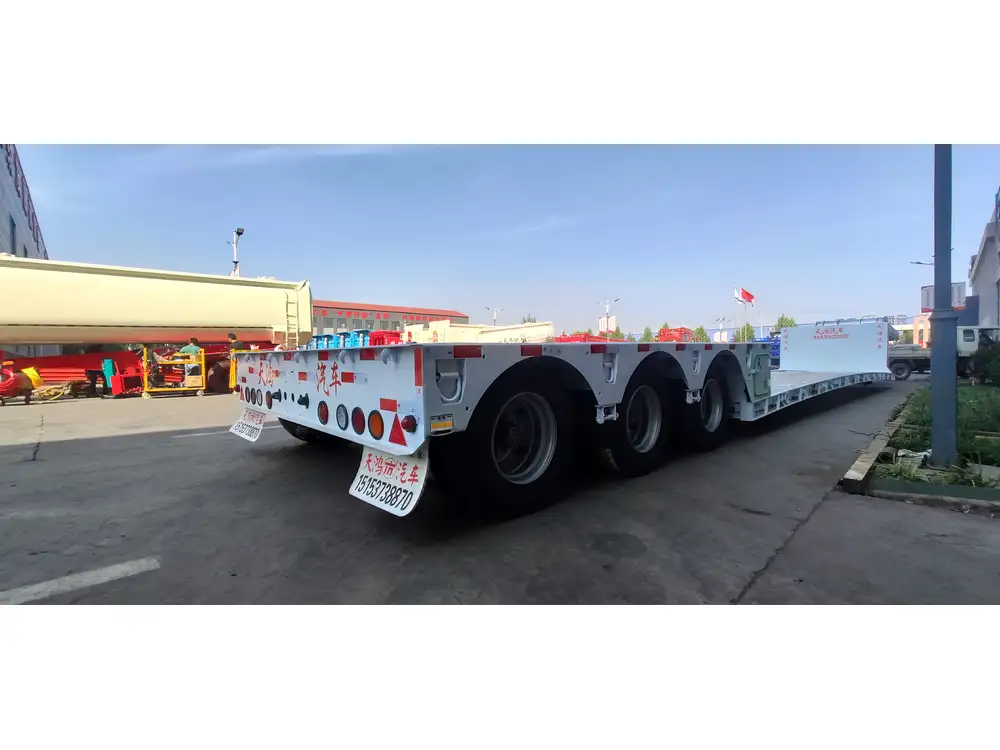Maintaining the septic tank of your travel trailer is essential for ensuring longevity and functionality. Neglecting this process can lead to unpleasant situations, including backups, foul odors, and costly repairs. In this in-depth guide, we will unravel the intricate steps required for cleaning out a travel trailer septic tank, elaborate on preventive measures, and ensure optimal performance.
Understanding Your Travel Trailer Septic System
Before diving into the cleaning process, it’s crucial to understand how your travel trailer’s septic system operates. Most travel trailers utilize a waste management system that consists of a holding tank, drainage system, and sewer connections. Recognizing the parts involved will help streamline the cleaning process and enable effective maintenance.
Components of the Septic System
| Component | Description |
|---|---|
| Holding Tank | A reservoir that stores wastewater from your trailer. |
| Dump Valve | A mechanism that allows you to empty the holding tank. |
| Sewer Hose | A flexible tube that connects your trailer to a sewage disposal site. |
| Vent Pipe | Allows gases to escape from the holding tank. |

Signs You Need to Clean Your Septic Tank
Recognizing when to clean your travel trailer septic tank can save you from more significant issues down the line. Keep an eye out for the following indicators:
- Foul Odors: If unpleasant smells waft from the bathroom or waste area, it’s time to take action.
- Slow Draining: If wastewater drains slowly or pools around the toilet or shower, your tank might be full.
- Backups: Frequent backflow or sewer backups are clear signs your tank is in dire need of cleaning.
- Alert Indicators: Many modern trailers are equipped with alert systems that notify you of tank fullness.
Essential Tools and Supplies for Cleaning
Before beginning the cleaning process, gather all the necessary tools and supplies.
Tools Required
| Tool | Purpose |
|---|---|
| Flexible Sewer Hose | For connecting your trailer to the dumping station. |
| Gloves | To protect your hands from hazardous waste. |
| Bucket | For any spillage during the cleaning process. |
| Garden Hose | To rinse out the holding tank after emptying. |
| Tank Cleaner | Specialized additives to break down waste and odors. |
| Wrench | For securing any connections as necessary. |

Supplies
- Water for rinsing.
- Septic tank cleaning additives.
- A disinfectant to clean surfaces afterward.
Step-by-Step Process of Cleaning Your Travel Trailer Septic Tank
Step 1: Prepare for the Process
- Read the Manufacturer’s Guidelines: Always consult your travel trailer’s manual to understand specific requirements or recommendations.
- Choose the Right Location: Find an appropriate sewage disposal site or dump station. This location must comply with local regulations and be equipped to handle waste safely.

Step 2: Safety First
Wear gloves to protect your hands from harmful bacteria and manage the waste safely. Ensure that any nearby people or pets are kept at a distance during the cleaning process.
Step 3: Connect the Sewer Hose
Locate the Dump Valve: Identify the dump valve on your trailer, usually found at the rear or side.
Attach the Sewer Hose:
- Connection to Trailer: Securely attach one end of the flexible sewer hose to the dump valve.
- Connection to the Dump Station: Place the other end in the sewage disposal area, ensuring a tight fit to avoid spills.
Step 4: Open the Dump Valve
- Release the Waste: Gradually open the dump valve to allow the contents of the holding tank to flow into the sewer system.
- Monitor the Process: Watch for any irregularities during this phase to catch issues early on. If the flow stops abruptly, it could indicate a clog or that the tank is completely empty.

Step 5: Rinse the Tank
Use a Garden Hose: After the waste has been fully discharged, insert a garden hose into the tank via the toilet or the designated rinse port (if available).
Flush: Turn on the water and let it run for several minutes. This step ensures that any residual waste is dislodged and rinsed away.
Step 6: Add Septic Tank Cleaner
- Choose the Right Product: Select a high-quality septic tank cleaner, preferably one designed for travel trailers.
- Follow Instructions: Pour the cleaner into the toilet or designated port, following the manufacturer’s instructions. This will help break down any remaining waste and eliminate odors.
Step 7: Close the Dump Valve
After the rinsing and cleaning agent application, securely close the dump valve. Ensure there are no leaks or drips from connections as you detach the sewer hose.

Step 8: Detach and Clean the Hose
Remove the Sewer Hose: Carefully detach the sewer hose from the trailer and the dump station.
Clean the Hose: Rinse out the hose with clean water to eliminate waste residue before storage.
Step 9: Disinfect and Clean Up
After the cleaning process, it’s crucial to disinfect any surfaces that may have come in contact with waste. Utilize a disinfectant to wipe down areas around the dump valve and any tools used during the cleaning process.
Step 10: Store the Equipment
Ensure all tools and hoses are dried thoroughly and stored safely to prevent contamination and damage.

Preventive Measures for Septic Tank Maintenance
Regular maintenance helps extend the life of your travel trailer septic system. Here are some crucial preventative measures:
- Regular Cleaning Schedule: Clean your septic tank every 3-6 months, depending on usage frequency.
- Monitor Waste Levels: Utilize an electronic monitor, if available, to keep track of your tank’s levels.
- Proper Waste Disposal: Never dispose of non-biodegradable items or chemicals into the system to prevent clogs and damage.
- Use Biodegradable Toiletries: Opt for biodegradable soaps and toilet paper to minimize tank toxicity.
When to Seek Professional Help
Certain signs indicate when professional assistance is necessary:
- Persistent Odors: If unpleasant smells persist after regular cleaning, it may indicate deeper-seated issues within the system.
- Severe Blockages: If waste refuses to drain despite your efforts, a professional inspection may be warranted.
- Frequent Backups: Recurrent sewer backups are a major red flag that requires immediate attention to avoid hazardous conditions.
Conclusion
Knowledge of how to properly clean a travel trailer septic tank is crucial for every trailer owner. Through diligent maintenance, regular cleaning, and awareness of the system’s functionality, one can prolong the life of the septic system while enhancing overall travel trailer experience. Adhering to the steps provided in this guide will not only ensure effective cleaning but also foster a deeper understanding of the importance of maintaining this critical aspect of your mobile home experience. Whether you’re a seasoned traveler or new to the journey, proper septic tank care is key to making your adventure enjoyable and hassle-free.



